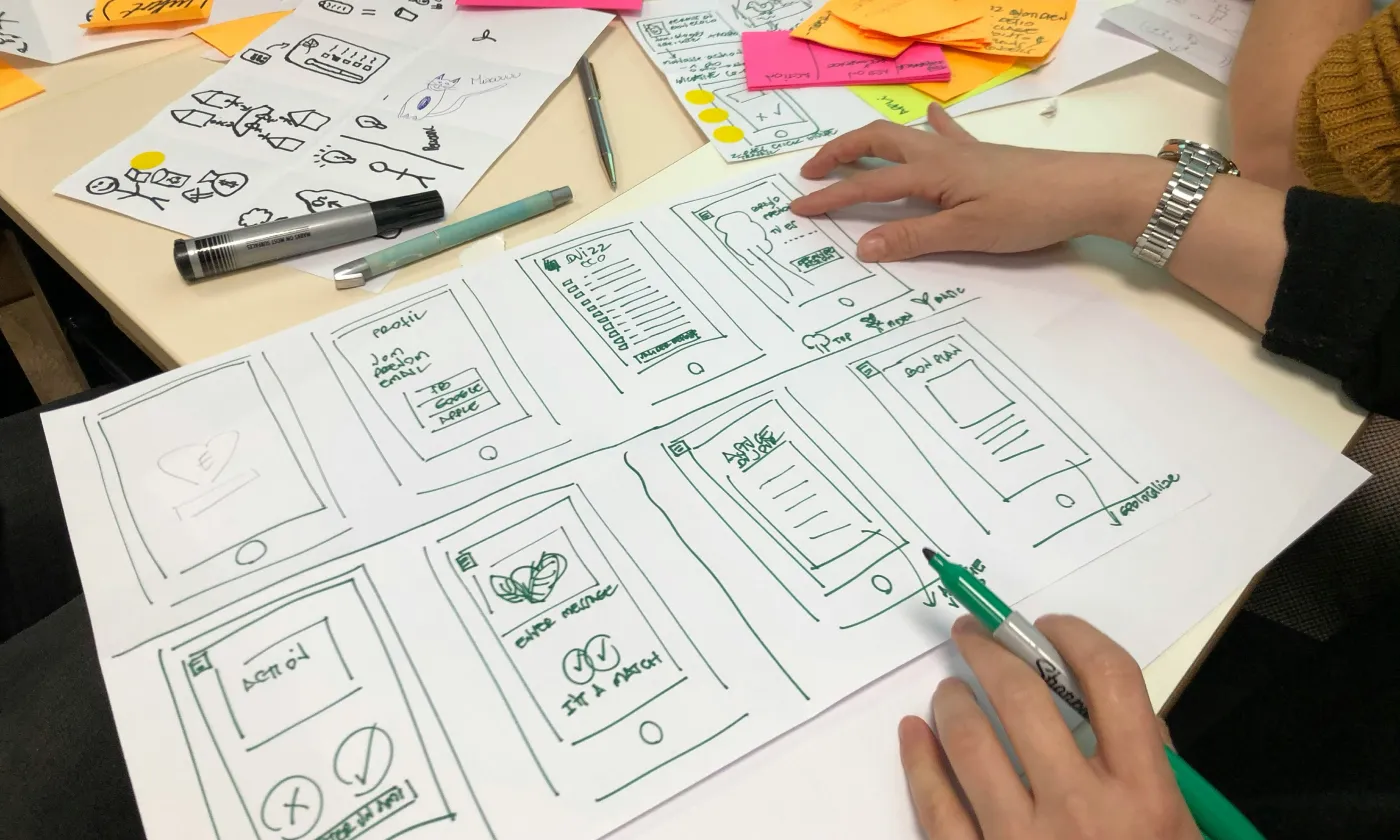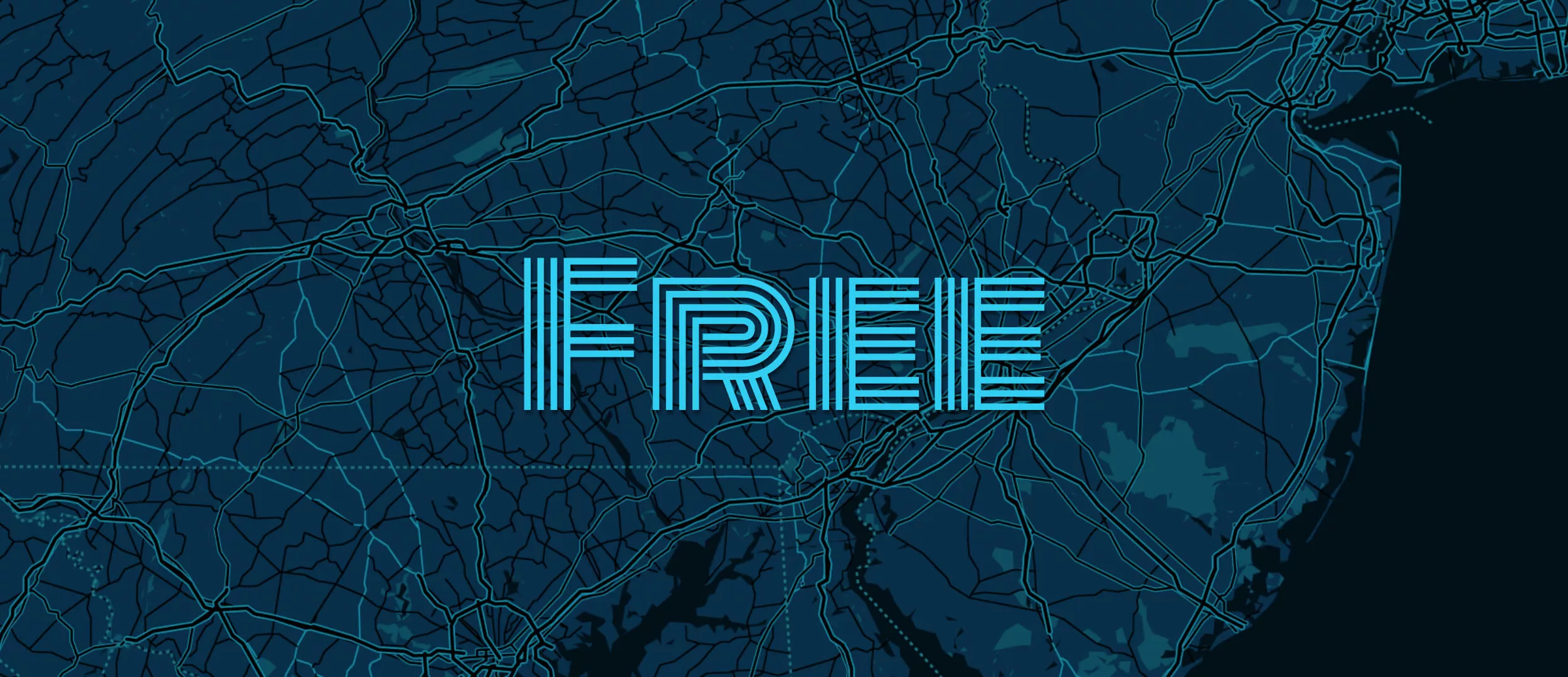
Маючи 16-річний досвід в розробці ПЗ для транспорту та логістики, Stfalcon надає послуги з розробки додатків для онлайн-бронювання таксі, сервісів доставки, управління автопарком. Ознайомтеся з нашими кейсами, а також зв'яжіться з нами, якщо ваша мета створити надійний застосунок для транспортної компанії.
Карти зараз є обов'язковим елементом майже кожного веб-сайту. Для багатьох інтерфейсів мобільних додатків карта також є необхідною річчю. Якщо говорити про розробку сервісу на кшталт Uber, то без карти не обійтися.
Як створити унікальну карту і не витратити багато часу на її розробку? Ці безкоштовні інструменти для дизайнерів допоможуть кожному дизайнеру легко створити карту в стилі сервісу, який він розробляє.
Найкращі безкоштовні інструменти для створення карт
Snazzy Maps
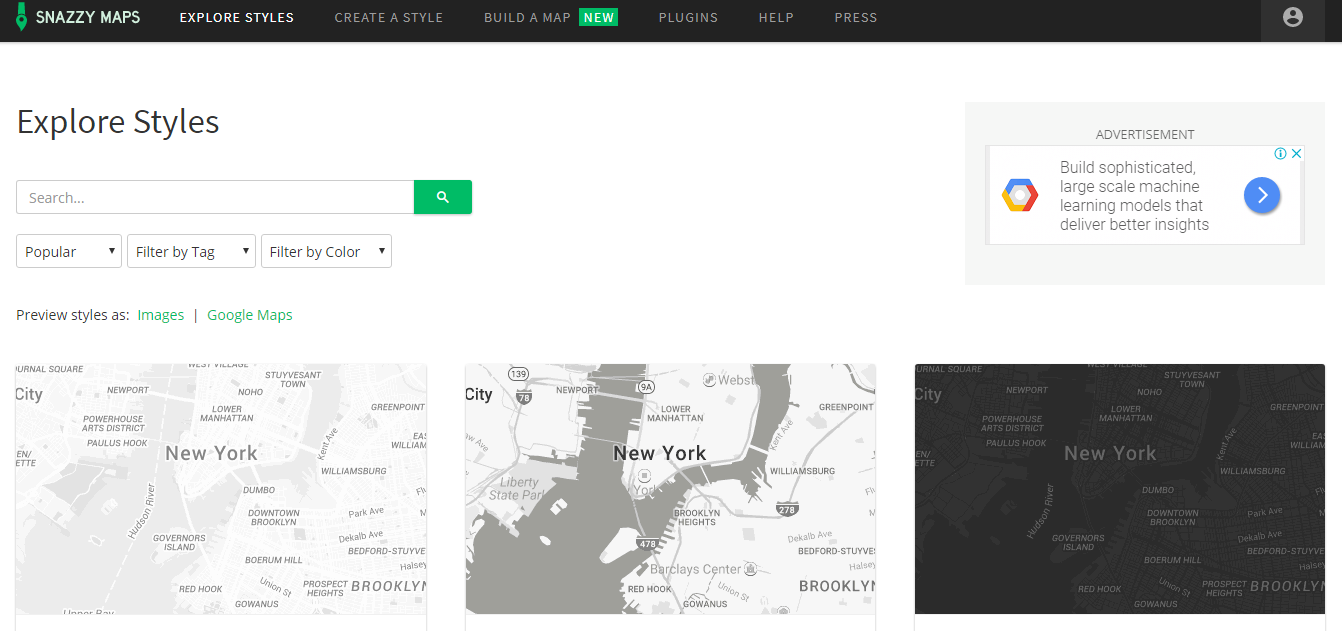
Безкоштовний інструмент для створення карт під назвою Snazzy Maps призначений для роботи з Google Maps. Цей сервіс для дизайнерів дозволяє створити власний вигляд карти, щоб зробити ваш дизайн унікальним. Сервіс Snazzy Maps допоможе вам вибрати цікаву карту серед готових дизайнів карт. Також тут ви можете створювати власні стилі мап.
У цьому сервісі для створення мап передбачений рейтинг - ви можете підібрати готові стилі мап за актуальністю, популярністю тощо. Також дуже зручно, що Snazzy Maps має плагіни для вбудовування карт на сайт чи додаток.
Heat Map Tool
Назва інструменту говорить сама за себе: Heat Map Tool призначений для створення теплових карт. Користуватися інструментом досить просто - достатньо завантажити карту у форматі CSV і вибрати потрібні ефекти.
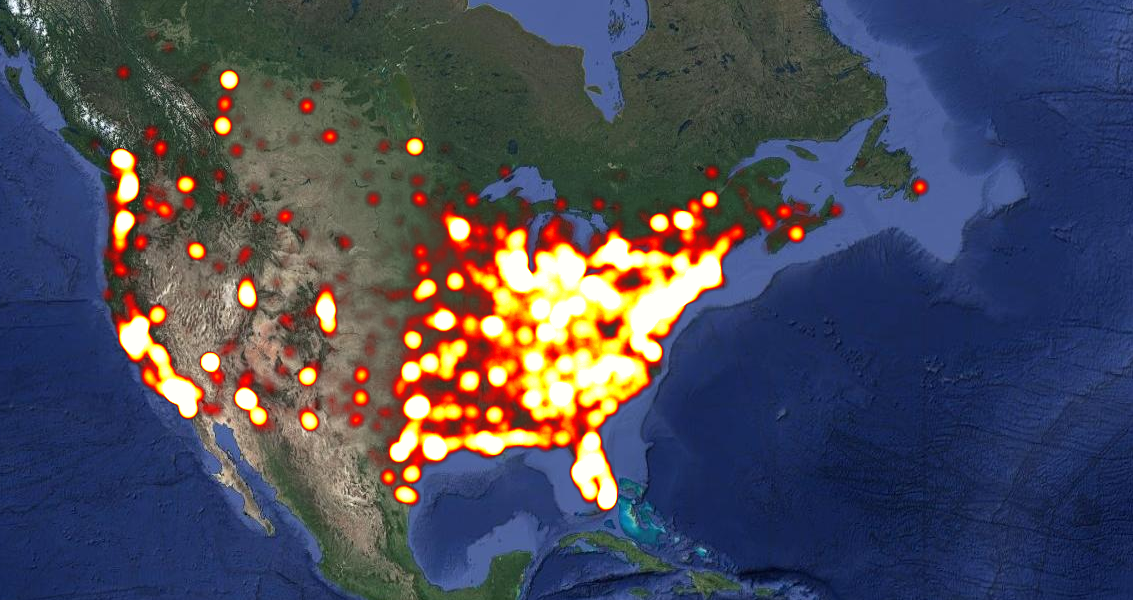
За допомогою інструменту створення мапи ви можете вибрати, де розмістити теплову зону, і зробити вашу мапу дуже індивідуальною. Heat Map Tool дозволяє зробити вибір:
- Кольори та градієнти теплових зон;
- Колір фону;
- Радіус гарячих точок;
- Протяжність теплових зон тощо.
Free vector maps
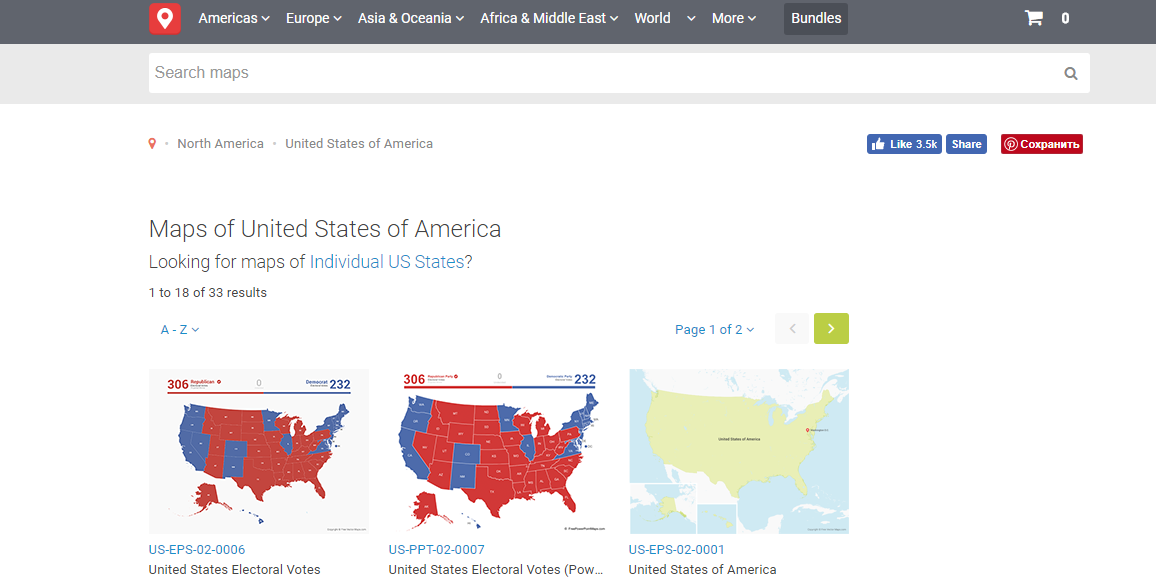
Ресурс Free vector maps надає безкоштовні карти всіх міст, регіонів, країн та частин світу у векторному форматі. На сайті кожен дизайнер може безкоштовно завантажити карту для того, щоб вставити її в макет, над яким він працює. Макети карт доступні для безкоштовного скачування, для цього достатньо вимкнути Adblock у браузері, оскільки сайт фінансується за рахунок реклами.
Animaps
Мабуть, один з найвідоміших інструментів для створення карт. Щоправда, тут дизайнеру потрібно буде пройти безкоштовну реєстрацію, після чого він зможе приступити до роботи. На Animaps дизайнери можуть створювати анімовані мапи і навіть ділитися ними з друзями; при цьому мапа буде показана іншим у відеоформаті. Завдяки можливостям, які надає інструмент, кожен дизайнер може створити власну унікальну анімовану мапу, додати картинки, іконки тощо.
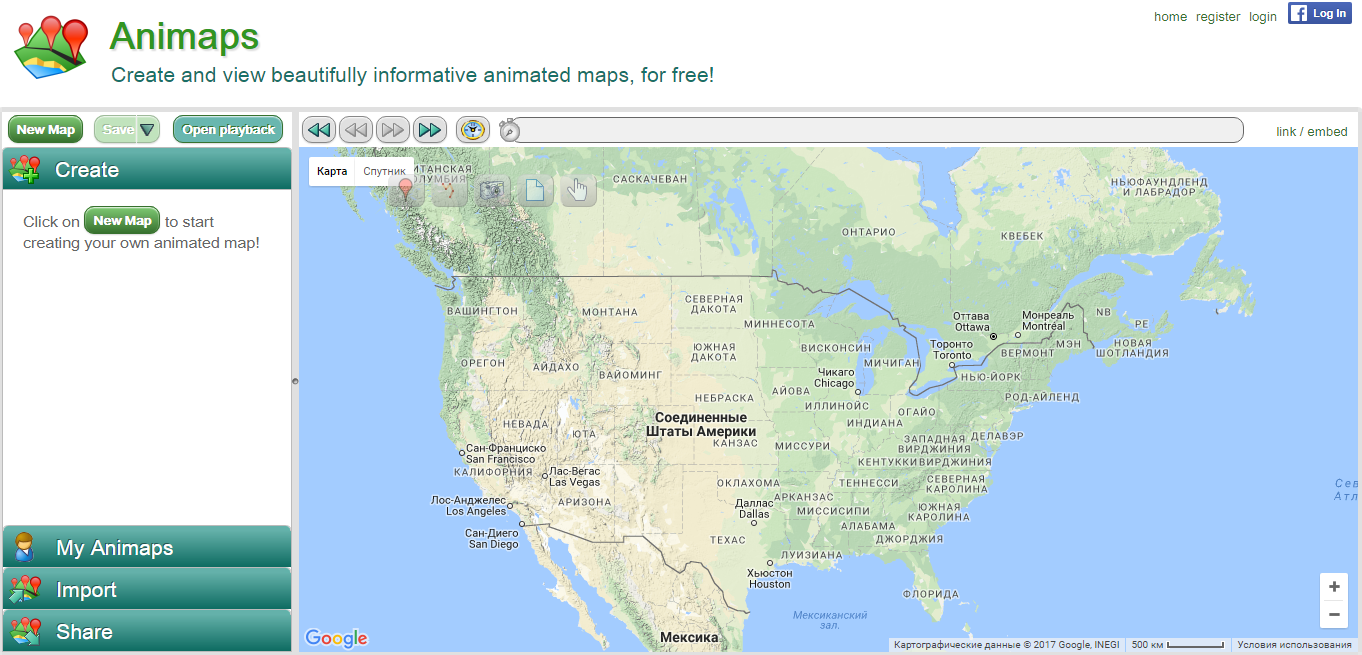
Інструмент проектування дозволяє завантажувати маркери безпосередньо з комп'ютера. Власне, інструмент розроблявся як своєрідне розширення Google Maps, тому дані про об'єкти на карті завжди будуть актуальними. Дизайнери можуть дати волю своїй фантазії і створити карту з рухомими іконками, спливаючими маркерами тощо.
Scribble maps
Ще один цікавий інструмент для створення мап, який дозволяє створювати власні мапи, додавати кастомні символи та токени. Просто авторизуйтесь і починайте створювати. За допомогою Scribble maps конструктора ви можете буквально намалювати унікальну карту місцевості, а також :
- розмістити на карті текст та піктограми;
- надавати мапі потрібного вигляду;
- обчислювати відстань між точками тощо.
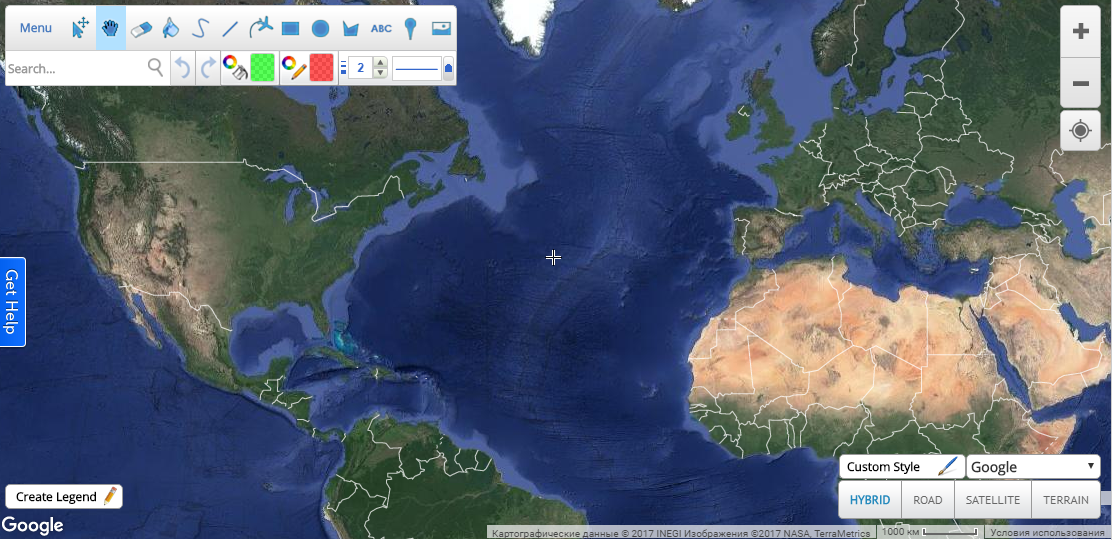
Потім карту можна відправити друзям, зберегти у форматі PDF або отримати у вигляді макету для подальшої вставки на сайт. Всі перераховані вище інструменти для роботи з картами є безкоштовними, але якщо вам, як дизайнеру, потрібно отримати більше можливостей - оформлюйте PRO-аккаунт. У платній версії ви можете імпортувати файли формату KML та SHP, а також окремі елементи мапи.
ZeeMaps
Безкоштовний інструмент для створення інтерактивних карт ZeeMaps дозволяє дизайнеру легко створити унікальну карту для свого макету. Сервіс не потребує реєстрації, підтримує безкоштовну та розширену версії. У ZeeMaps можна обрати кольори країни (міста, місцевості), додати унікальні маркери.
Цікаво, що цей конструктор дозволяє навіть вставляти відео на карту. Ви можете поекспериментувати зі вставками відео та аудіо маркерів. Ця опція допоможе вам надати вашій карті ексклюзивного вигляду.
Акаунт на Github з векторними картами
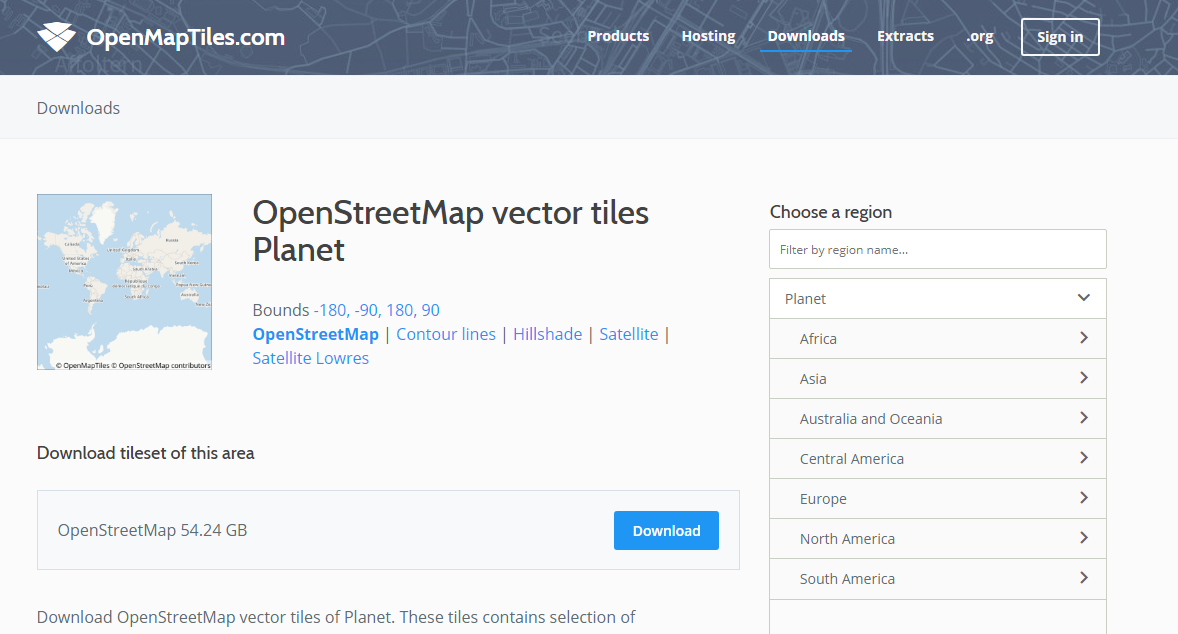
У попередній статті ми згадували, що Github корисний не лише розробникам. Цей ресурс також містить багато можливостей практично для всіх напрямків роботи. Ось один із прикладів ресурсу, який зібрав безліч готових векторних карт майже всіх областей і навіть вулиць з різних репозиторіїв Github. Дизайнеру потрібно лише зареєструватися, і різні карти будуть доступні для завантаження в необмеженій кількості.
Топ безкоштовних дизайнерських інструментів для створення карт
Сучасні можливості редагування карт виходять далеко за межі простого створення красивої картинки для макета. Тепер ми можемо налаштовувати карти для користувачів конкретного продукту і ефективно впроваджувати необхідний дизайн в продукт.
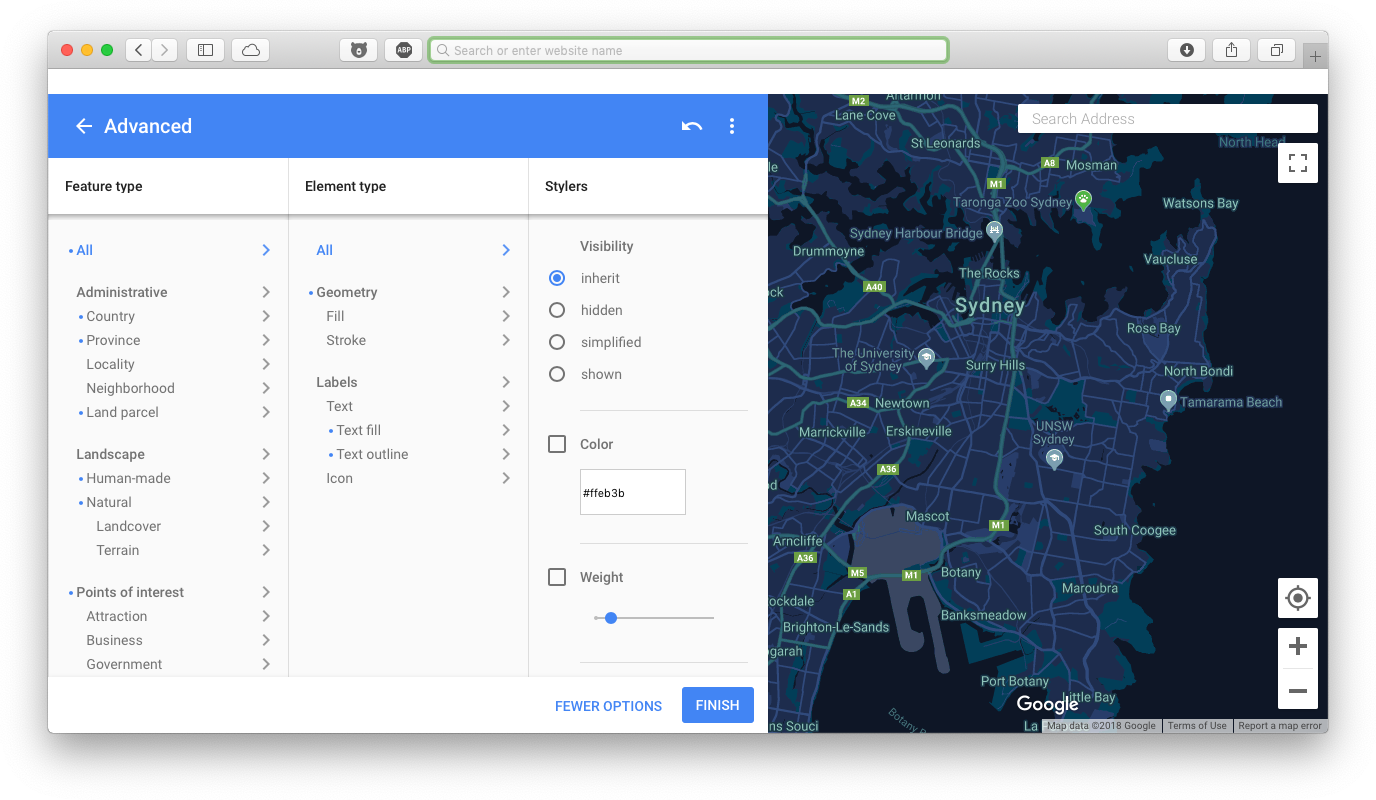
Майстер стилізації - це гарне рішення Google для кастомізації карт, яке можна застосовувати як в інтернеті, так і в мобільних додатках. У ньому є кілька готових тем, але також можна налаштувати безліч специфічних параметрів - дороги, квартали, водойми, парки тощо. Сервіс генерує JSON-код, який можна надати розробникам. Тоді карта буде виглядати саме так, як задумав дизайнер. Зручно також те, що можна швидко імпортувати налаштування карти у форматі JSON, наприклад, коли потрібно внести деякі корективи у стиль вже існуючої карти.
Для одного з наших тревел-проектів ми стилізували карту в теплих кольорах бренду, очистили шари від зайвих деталей і зробили парки більш помітними.
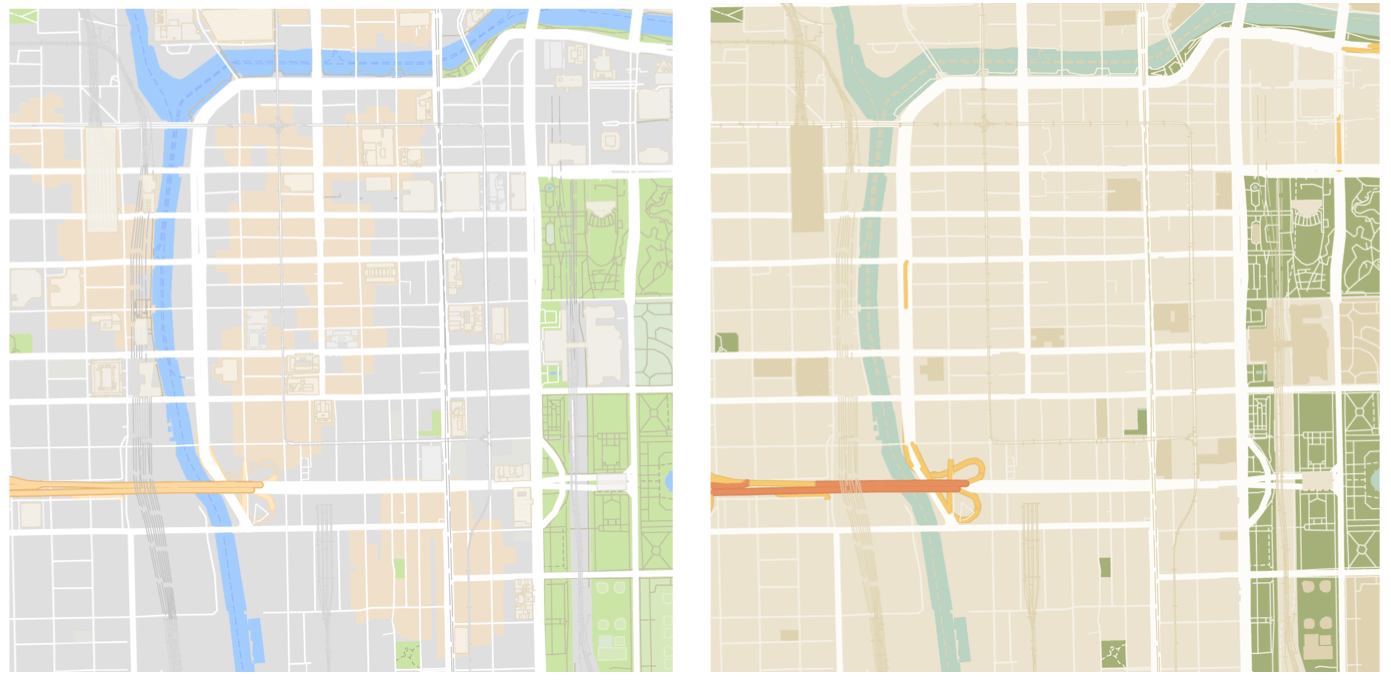
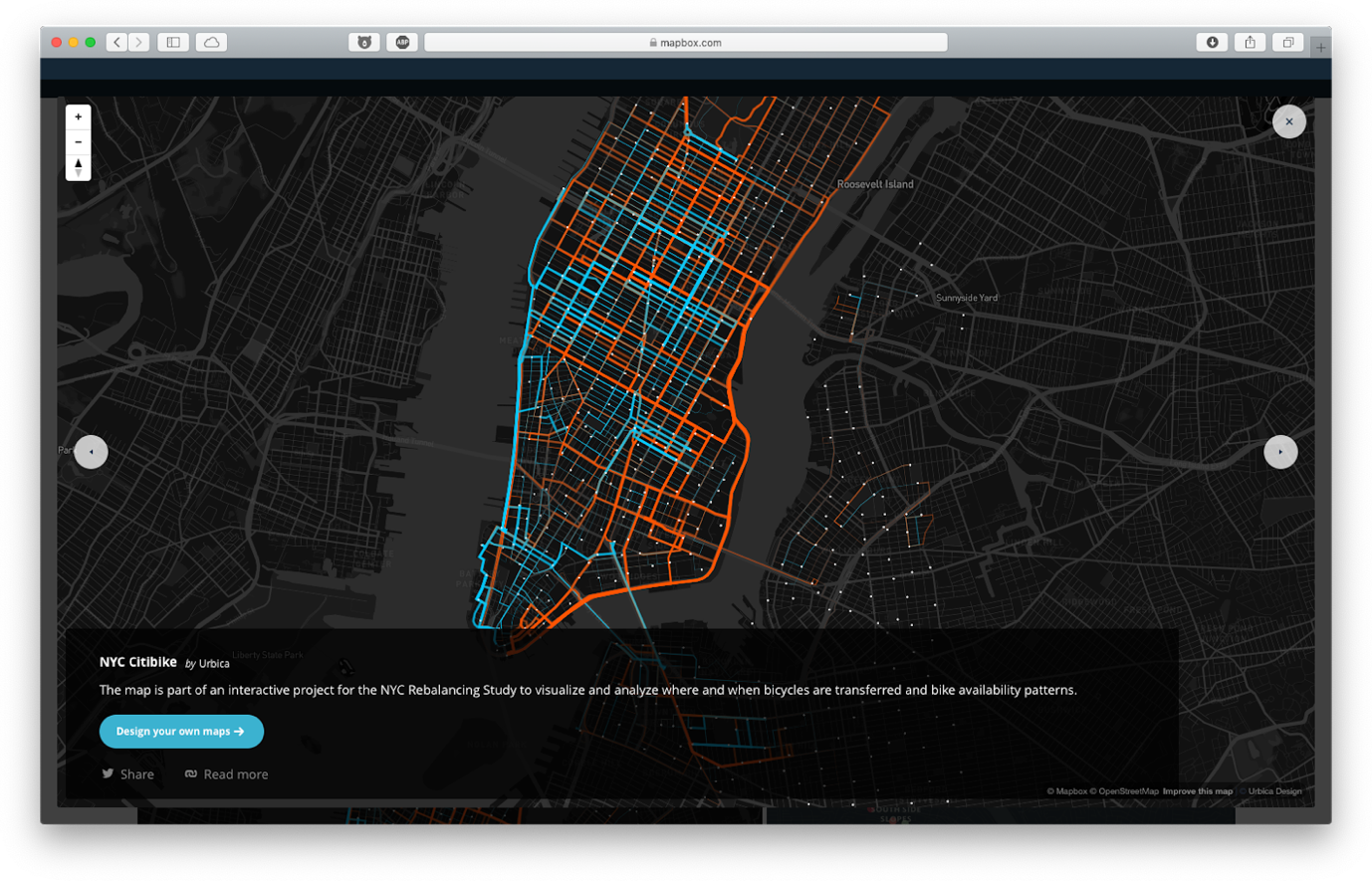
Mapbox це надзвичайно потужний набір інструментів для роботи з картами, який надає безліч можливостей дизайнерам і ще більше - розробникам. Велика кількість компаній, таких як Tinder, CNN, IBM, використовують можливості Mapbox у своїх проєктах. Гарний приклад такого використання можна знайти на https://map.onesoil.ai - проект показує всі сільськогосподарські поля Європи та Америки з усіма даними про культуру та рівень врожайності.
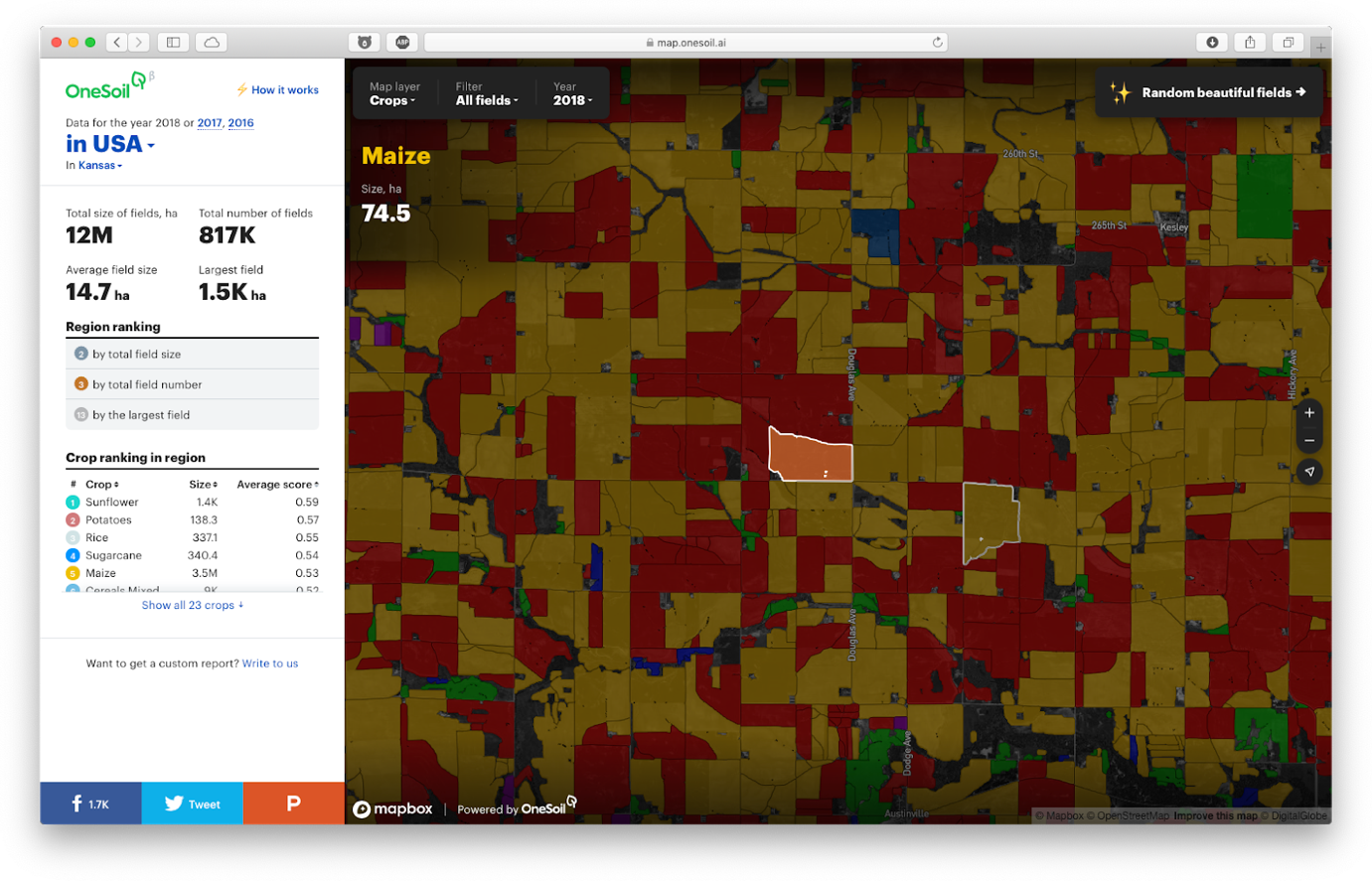
Mind42 - це безкоштовний конструктор концептуальних карт, який полегшує створення різноманітних візуальних діаграм. Зручний інтерфейс перетягування дає змогу встановлювати зв'язки між ідеями та візуально структурувати їх. Завдяки настроюваним шаблонам і різноманітним піктограмам ви можете легко створювати відшліфовані концептуальні карти.
Для спільного мозкового штурму та доопрацювання ідей Mind42 пропонує можливість запросити інших для перегляду або спільного редагування. Це сприяє безперешкодному обміну інформацією та полегшує внесок членів команди та співавторів.
Ключові особливості Mind42:
- Dropdown редактор для розширення центральної теми або фокусного питання.
- Відстеження статистики для опублікованих інтелект-карт.
- Можливості співпраці в режимі реального часу.
- Зручні комбінації клавіш.
- Автоматичне збереження вашої роботи.
Обмеження Mind42:
- Підтримується за рахунок реклами.
- Автоматичне розміщення вузлів.
Висновок
ПЗ для створення концептуальних карт пропонує рішення, дозволяючи командам подолати творчі перешкоди і знайти натхнення через візуальне представлення ідей і встановлення зв'язків між складними концепціями.
Творці концептуальних карт слугують провідником у лабіринтах інформації, спрощуючи процес пошуку цінних ідей. Коли люди ділять спільний простір для обміну ідеями, вся команда задіює потенціал колективного мислення, виводячи процес створення ідей на безпрецедентний рівень.
Якщо вам потрібно створити індивідуальний дизайн, розробити сервіс або нативний чи крос-платформний додаток для транспортної компанії, звертайтеся до нас. Наша спеціалізована команда має понад 16 років досвіду в розробці рішень для середнього та великого бізнесу у сфері логістики. Ми з радістю реалізуємо вашу ідею!



